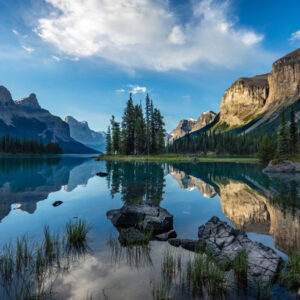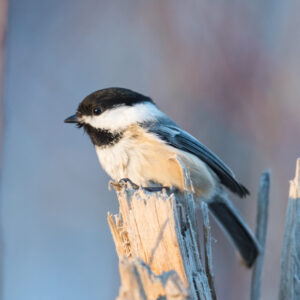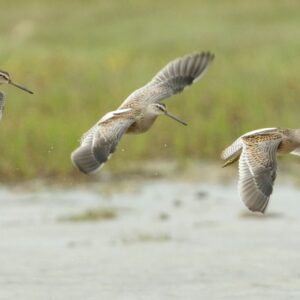[two_third]
This morning Nature Canada and the other members of NABCI-Canada (the North American Bird Conservation Initiative) released a first-of-its-kind report on the state of Canada’s birds – and if you’re at all interested in how our nation’s birds are doing, you’ll want to take a look.
The report, called simply
The State of Canada’s Birds 2012, draws on 40 years of data, much of which comes from volunteer citizen scientists through programs like the Christmas Bird Count and the Breeding Bird Survey. It summarizes the status of Canada’s bird populations for eight regions, including the boreal forest, prairies, Arctic and oceans. The report presents indices of bird populations over the 40 year period that show trends for characteristic birds in each region, as well as specific groups of species of particular interest or concern. The report also offers solutions, identifying the most significant conservation opportunities for Canadians to ensure healthy bird populations and healthy ecosystems.
So how are Canada’s birds doing?
We found that there are fewer birds now than in the seventies – on average, Canadian bird populations have declined by 12%. Some species are doing well, while others are declining. Grassland birds, migratory shorebirds and aerial insectivores (birds that catch insects in flight) are all on the decline — by more than 40%, on average, and some individual species in these groups have decreased by more than 90%.
Other species have increased as a result of successful conservation efforts. The ban on pesticides in the 1970s has helped raptors like the Peregrine Falcon, Osprey and Bald Eagle recover from what was likely a low point in their populations around 1970. Effective management of wetlands and hunting has aided waterfowl, like ducks and geese.
The report also describes how ‘our’ birds are, in fact, shared with other countries. Only 22% of the 451 species that regularly breed in Canada, stay in Canada for the winter. 33% over-winter in the USA, 23% in Mexico, Central American and the Caribbean, 15% in South America and 7% in Europe, Asia or on the open oceans. An alarming trend for these migratory species is that the further they go, the worse they are doing. Birds migrating to only the United States have declined about 5%. Those whose destination is South America have declined over 60% whereas birds that stay in Canada over the winter have increased by about 50%.
Overall, more species are decreasing (44% of species in Canada) than increasing (33%). But one thing this multi-decade report makes clear: we – that is, people – have tremendous influence over how birds fare. Where conservation is applied, it works. And where inaction, or even harmful action, occurs, bird numbers drop. We have specific agreement in place with regard to wetlands and waterfowl with the United States of America that have resulted in concerted bi-national efforts to jointly manage waterfowl populations and conserve wetlands. This has benefited other species that also depend upon the same types of habitats. Hopefully we can learn from this positive experience and apply similar principles to protecting all birds.
Conserving Canada’s birds requires concerted efforts by all sectors of society, including individuals, corporations, non-government organizations and governments, both in Canada and internationally. It’s important that we take up this responsibility. Birds aren’t merely one of the most familiar and beloved animal types on Earth; birds are also one of the best indicators of ecosystem health. Changes in bird populations signal changes in the ecosystems we depend on for vital environmental services such as food, clean air and water.
This report is a measurable indicator of how well we are fulfilling our shared responsibility as stewards of our nation’s wildlife and wilderness areas. Clearly there is much we can and must do to ensure we have healthy ecosystems for years to come, and this report provides a path to do so.
[/two_third] [one_third_last]
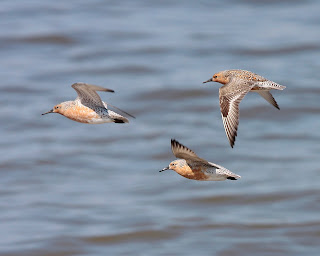
Red Knots, one of many shorebird species in trouble
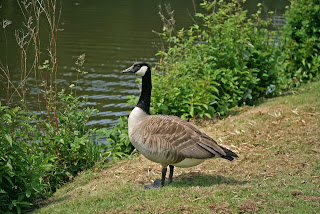
Canada Goose, one of many waterfowl species increasing
[/one_third_last]



